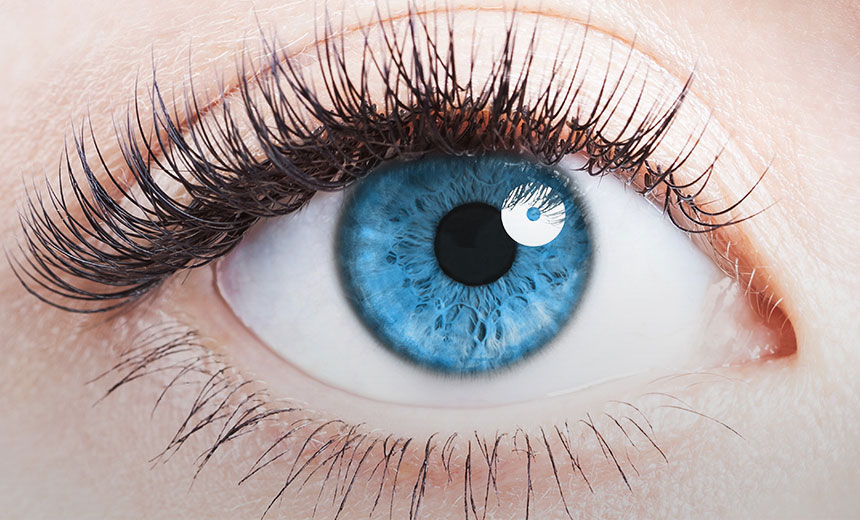Muscle Signals Build Perception
Why does vision therapy work on body movement so much? Recent research from the University of Rochester vision specialists provides support for a concept that has been present in our field of functional optometry for over 50 years – muscle signals are an essential part of perceiving spatial relationships.
While common knowledge says that perception is built as we process incoming sensory information through the optic nerve and the brain, this study shows that extremely small motor signals from the individual muscles of the eye play an essential role in mapping out spatial relationships on a larger perceptual scale. Micro-nystagmus is an extremely mild fixation movement pattern where the eyes go back and forth rapidly in very small steps. Through small jumps, our perception of the world is mapped out more concretely. In other words, in order to build an imagined visual world, we start by referencing the real world.
Without this accurate real-world eye movement, the brain may build spatial relationships that are incomplete, leading to problems with reading and learning in the classroom. In vision therapy, we work to address visual-perceptual deficits through retraining the foundational motor skills of the eyes, starting from the ground up to rebuild an accurate visual world for academic and personal success.
As explained by the Ph. D student quoted in the original article, “involuntary eye movements, which are widely discarded as motor noise, make major contributions to spatial representations of the world.”
A shout-out to Dr. Len Press and his blog post at VisionHelp.wordpress.com for bringing this to our attention!
Original study: Zhao, Z., Ahissar, E., Victor, J.D. et al. Inferring visual space from ultra-fine extra-retinal knowledge of gaze position. Nat Commun 14, 269 (2023). https://doi.org/10.1038/s41467-023-35834-4

